 Even, dense old-growth stand of beech trees (Fagus sylvatica) prepared to be regenerated by their saplings in the understory, in the Brussels part of the Sonian Forest.
Even, dense old-growth stand of beech trees (Fagus sylvatica) prepared to be regenerated by their saplings in the understory, in the Brussels part of the Sonian Forest.The Sonian Forest (Dutch: Zoniënwoud, French: Forêt de Soignes) is a 4,421-hectare (10,920-acre) forest that lies across the south-eastern part of Brussels, Belgium.
The forest lies in the Flemish municipalities of Sint-Genesius-Rode, Hoeilaart, Overijse and Tervuren, in Uccle, Watermael-Boitsfort, Auderghem and Woluwe-Saint-Pierre in the Brussels-Capital Region and in the Walloon towns of La Hulpe and Waterloo. Thus it stretches out over the three Belgian Regions. It is maintained by Flanders (56%), the Brussels-Capital Region (38%) and Wallonia (6%). There are some contiguous tracts of privately held forest and the Kapucijnenbos, the "Capuchin Wood", which belongs to the Royal Trust.

Winter sunset in the Sonian Forest
History:
The forest is part of the scattered remains of the ancient Silva Carbonaria or Charcoal Forest. The first mention of the Sonian Forest (Soniaca Silva) dates from the early Middle Ages. Then the forest south of Brussels was crossed by the river Zenne/Senne and extended as far as Hainaut, covering most of the high ground between the Zenne and the Dijle. The ninth-century vita of Saint Foillan mentions "the forest, next to the abbey of Saint Gertrude, called the Sonesian" In the sixteenth century it was still seven leagues in circumference. At the start of the 19th century the area of the wood was still about 100 square kilometres, but due to wood cutting its area diminished to its current area of 44.21 km².
Today the forest consists mainly of European beeches and oaks. Several trees are more than 200 years old. Formerly the forest held the Abbey of Saint Foillan not far from Nivelles. The forest served for a long period as an exclusive hunting ground for the nobility, but today is open to the general public.
The forest contains a somewhat reduced fauna and flora. Due to human influence and impoverishment of the ecosystem various plants and animals have become extinct. The forest was home to 46 different mammal species. Of these seven have disappeared altogether: the brown bear (around 1000), the wolf (around 1810), the hazel dormouse (around 1842), the Red Deer, the badger and the hare. The boar was thought to have been extinct since 1957 but in 2007 new specimens were discovered roaming the wood. According to the Flemish Agency for Nature and Forest (ANB) this is unlikely to be a natural spread but probably two to four animals which most likely were either released or escaped from captivity.
The many species of bat in the forest led to it being classified as a Natura 2000 protected site.
 Small chapel in the Sonian Forest near the site of the monastery of John of Ruysbroeck at Groenendaal.
Small chapel in the Sonian Forest near the site of the monastery of John of Ruysbroeck at Groenendaal.Amongst the contemplative monks and nuns who lived and prayed in the forest, the most notable was John of Ruysbroeck who established a Monastery near Groenendaal at Vauvert. At this time the forest also held a house of Cistercian nuns at Pennebeek (founded 1201 on land given by Henry I, Duke of Brabant to Sister Gisle); a convent of Benedictine nuns at Forest (founded in 1107 by Gilbert de Gand) and a cloister of Dominican sisters at Val Duchesne (founded 1262 the Duchess Aleyde).
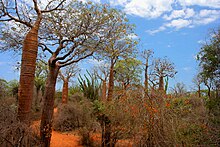 Spiny forest at Ifaty,
Spiny forest at Ifaty, 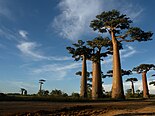
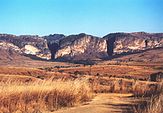


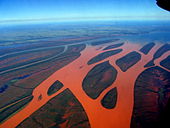
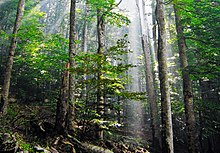


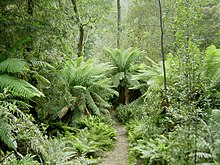

 The Amazon rainforest (
The Amazon rainforest (

 Geoglyphs on deforested
Geoglyphs on deforested 
 Vishwa Shanti Stupa at Rajgir, one of the 80
Vishwa Shanti Stupa at Rajgir, one of the 80 






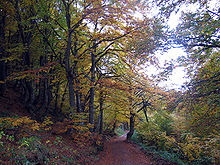 Mixed
Mixed  Deciduous forest in winter
Deciduous forest in winter Like many deciduous plants,
Like many deciduous plants, 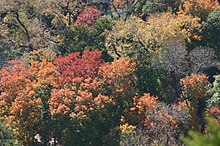 Deciduous forest in autumn
Deciduous forest in autumn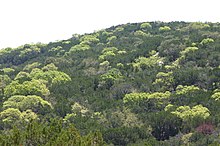 Mixed deciduous forest in spring
Mixed deciduous forest in spring